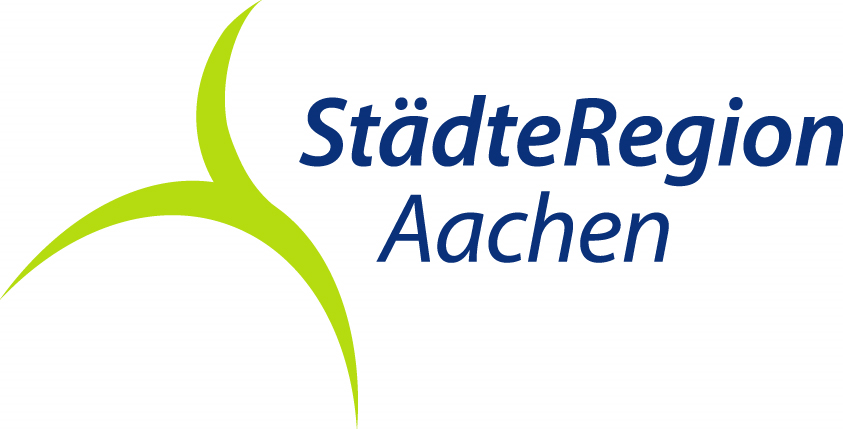Agrippastraße Etappe 3: Von Zülpich über Mechernich nach Kall/Nettersheim
Near the Marienbach stream is the Mansio Zülpich, the starting point of the third stage with lots of information about the Roman road and the Agrippa road. Via field paths, past a wayside cross on Irnicher Berg, you pass a waterworks and reach the so-called Mathias Column. It is worth pausing here for a moment to enjoy a particularly impressive view of the surrounding Börden landscape, the striking silhouette of the town of Zülpich and the clearly recognizable course of Agrippastrasse.
Continue down into the extremely attractive Rotbach valley. After approx. 600 m, however, you leave the ancient road to reach Eicks along the Bruchbach - here it is called Rotbach - on local roads. The Agrippastrasse runs approx. 200 m below the Eickser Mühle mill and is only visible again in the terrain not far from Mansio Mechernich. Before continuing on your way, don't miss out on a view of Eicks Castle and its baroque gardens or stop for refreshments at a local café.
Once you arrive at the Mechernich Mansio, you can enjoy another view of the Agrippastrasse, the surrounding area and the nearby LVR open-air museum in Kommern, which is definitely worth a visit.
You reach a crossroads via a signposted forest path that is closed to cars. Here you can take a 5-minute detour to the right in the direction of a forest chapel built in 1782 in the form of a canopy. Back on the route, follow a well-maintained forest path, later in the immediate vicinity along Agrippastrasse to the small Eifel village of Hostel. The village square invites you to pause for a moment, which has a very special charm thanks to the half-timbered houses from the 17th/18th century.
On the way towards Mansio Mechernich, you pass mining relics, the installation of a mine railroad and the Mechernich Mining Museum. The mining history of the region around Mechernich and Kall can be traced back to Roman times, when lead was mined there. If you continue along Agrippastrasse, you will reach the impressive landscape of pits and slag heaps on Kallmuther Berg. The route continues along paved field paths towards Kall until you have a view of almost the entire Mechernich mining area. Thanks to an artificial cut, you can see the Roman road all the way to Zülpich at one point.
The Roman road route now heads towards the Königsfeld valley via Kaller Straße, before you cycle from the edge of the village of Dottel up to the wind farm via paved farm tracks and later into the Königsberg valley. Here, the terrain presented the Roman road builders with challenges. They laid serpetines, which can still be seen in the landscape today as hollow paths on the northern slope of the Königsfeld valley. Ancient tracks can be seen in the rocky ground.
As soon as you have successfully climbed out of the Königsfeld valley, the route descends straight down into the Urft valley. At Dottel or in the Drei-Gemeinde-Eck, the municipal boundaries between Mechernich, Kall and Nettesheim correspond exactly to the ancient road in places.
After around 25 km and many exciting and interesting insights into Roman times, stage 3 is complete.
















